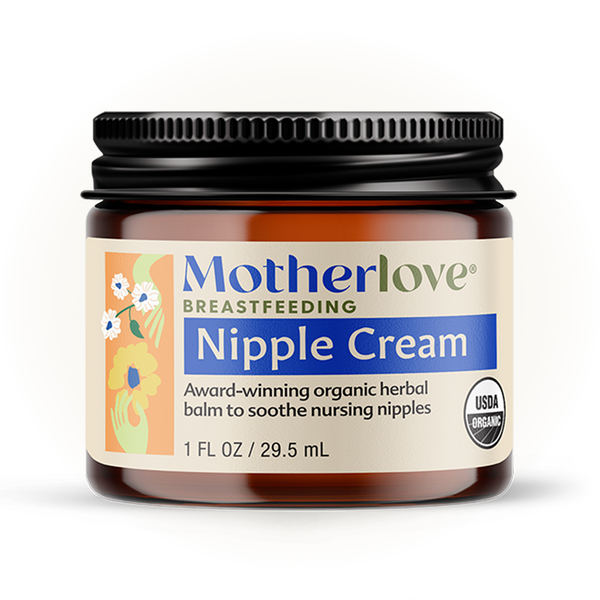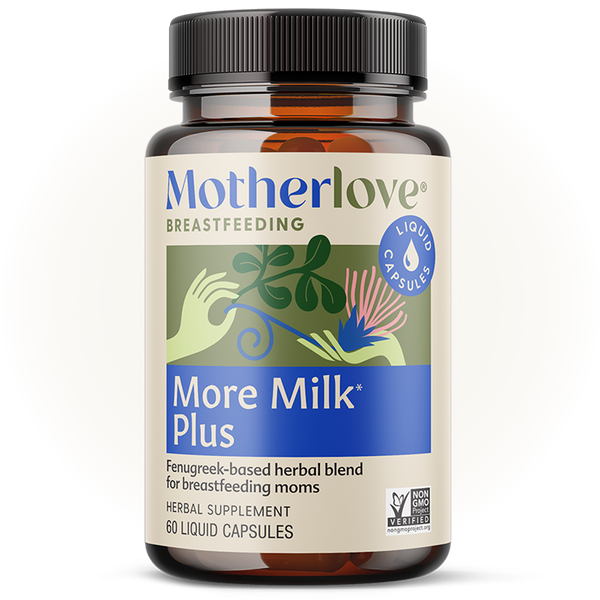Written by: Wendy, IBCLC.
When I was a brand new parent, I had a lot of trouble breastfeeding. I thought my baby would know exactly what to do, but when I sat up in bed, trying to get him to latch, he seemed totally confused. I put my breast near his mouth and he couldn’t seem to find it to latch on.
Thankfully, I had two wonderful doulas who came to help me the next morning, and after a few weeks of perfecting a latching technique that worked for us both, my son, and I went on to have a wonderful breastfeeding relationship.
Soon after, I began pursuing a career as an IBCLC and I learned that the way I positioned my first son at the breast might have had something to do with how difficult breastfeeding was. Or rather, there may have been a better, more natural way to position him that could have increased our chances of success.
When I first attempted to breastfeed my son, I sat upright in bed cradling my son in my arms, hunched over and looking down at him, just like all the breastfeeding pictures I’d seen all my life showed. My son’s body made little contact with my body, and it was difficult for me to hold him in place.
What if I had tried something different—something more supportive, and something that tapped into my son’s natural instincts to breastfeed? What if I had tried laid-back breastfeeding?
WHAT IS LAID-BACK BREASTFEEDING?
Simply put, laid-back breastfeeding (sometimes referred to as biological nurturing) means sitting in a laid-back or reclined position while breastfeeding your baby. So, you could sit on a bed, leaning back and propped up by a couple of pillows. Or, you should sit on an easy chair or another chair that reclines. You could also sit on the side of a couch, leaned back.
After you find a comfortable position for yourself, you place your baby belly to belly with you and let them latch on. In a laid-back position, your baby is able to have most of their body make contact with yours. This keeps them grounded, and helps them tap into their natural instinct to search for the breast and latch on. You may even see your baby start to crawl or scoot toward your breast.
While practicing laid-back breastfeeding, you can offer your baby as much or as little assistance as you want. Many babies will find a position on their own that works for them, and will even find the nipple and latch on themselves, without any help! But some parents prefer to hold their baby and help guide them to the breast. It’s all about what works for you and your baby.
WHAT ARE THE BENEFITS OF LAID-BACK BREASTFEEDING?
In my own private practice as an IBCLC, I saw many parents benefit immensely from laid-back breastfeeding. I saw babies latch who had never latched before. I saw latching become more comfortable and less painful. I even saw babies able to take in more milk than before in this position, because it helped them suckle more effectively.
New research is backing up what many of us lactation consultants have seen in terms of the benefits of laid-back breastfeeding. A study published in International Breastfeeding Journal found that parents who practiced laid-back breastfeeding during their hospital stay after giving birth:
- Had less nipple pain
- Had fewer instances of cracked nipples
- Were less likely to become engorged
- Were less likely to experience mastitis
- Had fewer overall issues with getting their baby to latch
HOW TO PRACTICE LAID-BACK BREASTFEEDING
If you are a parent struggling with breastfeeding and wondering if laid-back breastfeeding might help, try not to overthink it. Here are some tips to get you started:
- Find place where you can position yourself in a laid-back position: a bed, an arm chair that can recline, or a makeshift space on the floor or against the arm of a couch
- Consider going topless and stripping your baby down to their diaper to optimize skin-to-skin and to allow your baby to use all of their senses to find the breast and to position themselves comfortably
- Wait till your baby is in a quiet, alert mood—not too cranky or too hungry (hungry babies are not usually calm!)
- Place your baby belly to belly with you, slightly below your breast
- Let your baby explore; they may lick you, smell you, paw at your breast
- Help them get the breast if you want, but you can also let them find the breast themselves
WHERE TO GO FROM HERE
Once I had my second baby, I was a bit of a laid-back breastfeeding expert. I started using the position from the moment my son was born and used it almost all the time in his first few months of life. He had no trouble latching and was an expert breastfeeder from the start.
Although laid-back breastfeeding is super helpful for many people, it’s not the answer for everyone. If you find a more traditional breastfeeding hold to work best, more power to you! It’s all about what works.
At the same time, some people need help figuring out the positioning with laid-back breastfeeding, so if you tried it but can’t seem to get it to work, don’t hesitate to reach out to a breastfeeding support counselor, or a lactation consultant.
It’s also important to remember that latching issues and milk supply issues aren’t just about how you position your baby at the breast: if you are still having issues with these things even after trying laid-back breastfeeding, you should meet with a lactation specialist to rule out other issues that might be contributing to your challenges.
Happy nursing!







